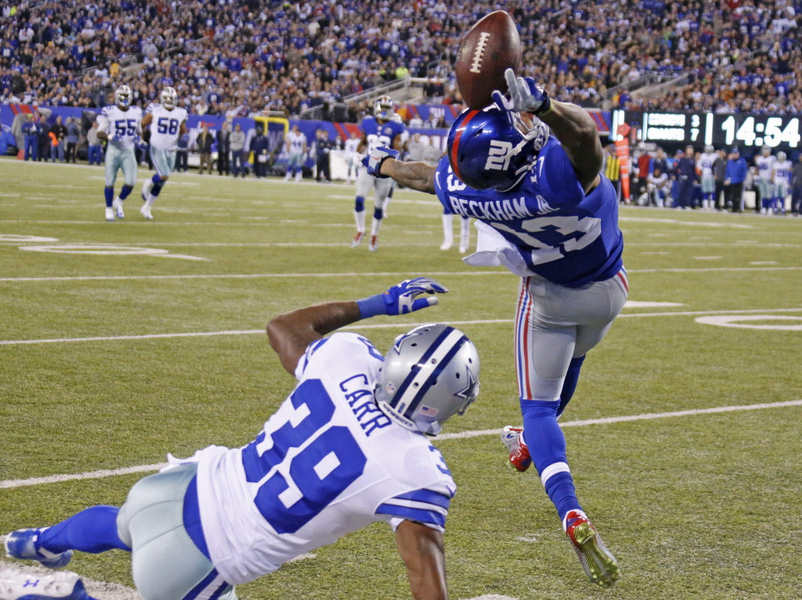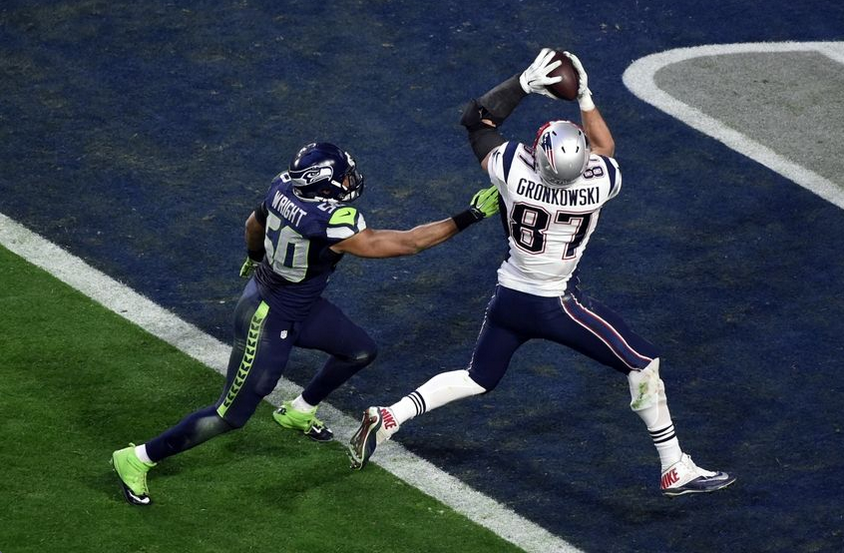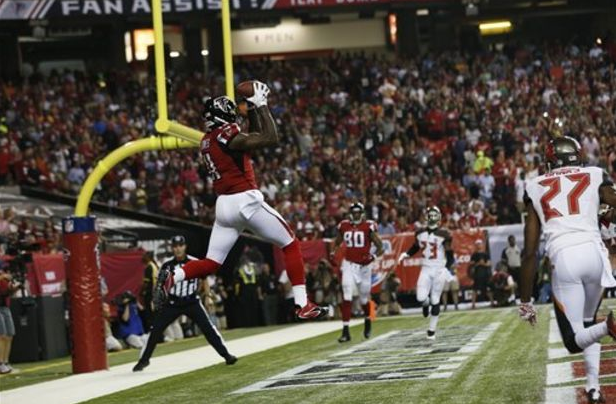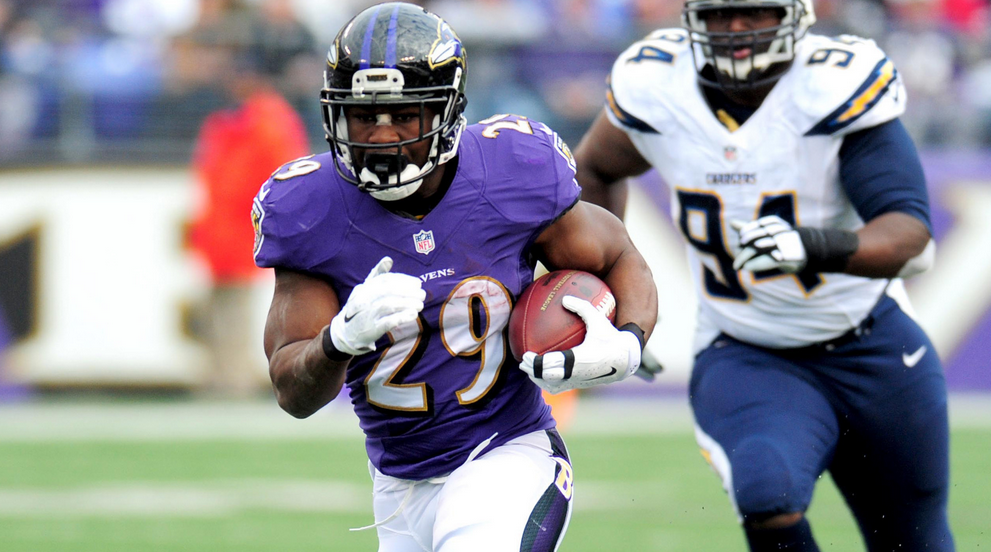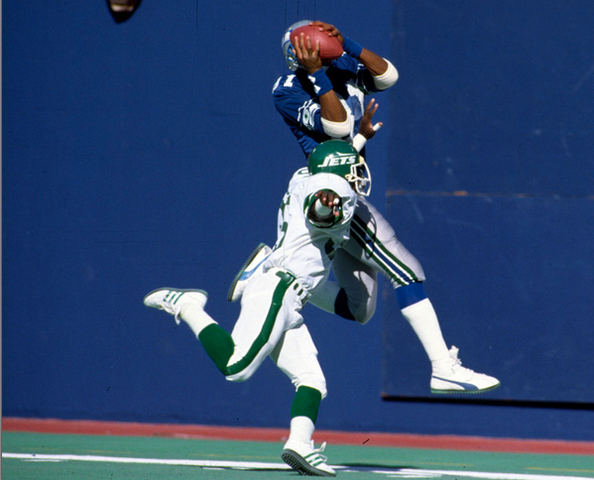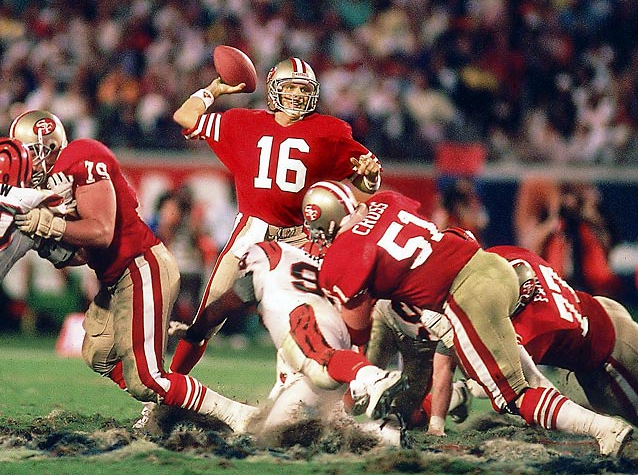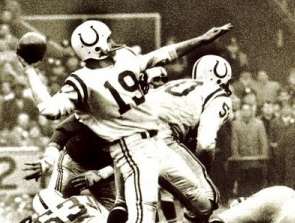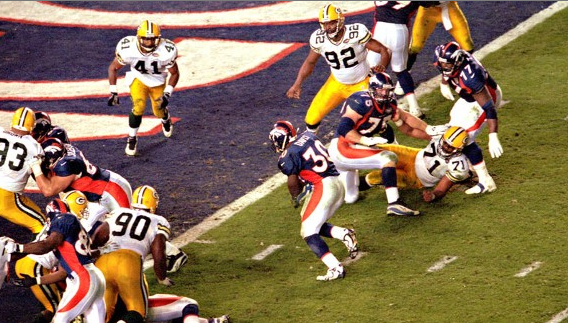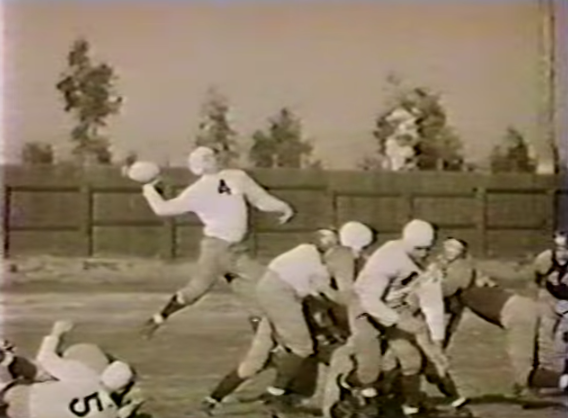Before the season I posted a chart that looked at the 21 Super Bowl-winning offenses in the Free-Agent Era (1993-present). Almost all had a Top 10 quarterback (rating-wise), which shouldn’t surprise anybody. But it was striking how many didn’t didn’t have a running back and/or receiver who ranked that high (in terms of yards).
I bring the subject up again because the 2014 Patriots fit this same model. Tom Brady ranked fifth in the NFL in passer rating, but the Pats’ leading rusher, Jonas Gray (48th!), and leading receiver, Rob Gronkowski (15th), finished quite a bit farther down the list at their positions. This made New England the eighth NFL champion in the last 13 that didn’t have a Top 10 running back or Top 10 receiver. The details:
RECENT SUPER BOWL CHAMPS WITHOUT A TOP 10 RUSHER OR TOP 10 RECEIVER
| Year | Champion | QB, Rating (Rank) | Top Rusher, Yds (Rank) | Top Receiver, Yds (Rank) |
|---|---|---|---|---|
| 2014 | Patriots | Tom Brady, 97.4 (5) | Jonas Gray, 412 (48) | Rob Gronkowski, 1,124 (15) |
| 2012 | Ravens | Joe Flacco, 87.7 (14) | Ray Rice, 1,143 (11) | Anquan Boldin, 921 (27) |
| 2009 | Saints | Drew Brees, 109.6 (1) | Pierre Thomas, 793 (T24) | Marques Colston, 1,074 (18) |
| 2008 | Steelers | B.Roethlisberger, 80.1 (24) | Willie Parker, 791 (26) | Hines Ward, 1,043 (15) |
| 2007 | Giants | Eli Manning, 73.9 (25) | B. Jacobs, 1,009 (T15) | Plaxico Burress, 1,025 (21) |
| 2005 | Steelers | B.Roethlisberger, 98.6 (3) | Willie Parker, 1,202 (12) | Hines Ward, 975 (22) |
| 2003 | Patriots | Tom Brady, 85.9 (10) | Antowain Smith, 642 (30) | Deion Branch, 803 (32) |
| 2002 | Bucs | Brad Johnson, 92.9 (3) | Michael Pittman, 718 (32) | K. Johnson, 1,088 (16) |
As you can see — and as I noted in August — it’s more about Spreading the Ball Around these days. Not that it isn’t nice to have a DeMarco Murray or an Antonio Brown on your team; it just isn’t necessary. Far from it, in fact.
You can win the Super Bowl without a 500-yard rusher or a 1,000-yard wide receiver, as the Patriots just demonstrated. (Julian Edelman led their wideouts with 972.) You just need contributions from a lot of people — along, of course, with quality quarterbacking, It’s something to think about as the free-agency period approaches and owners get ready to whip out their checkbooks. More doesn’t necessarily mean more.

